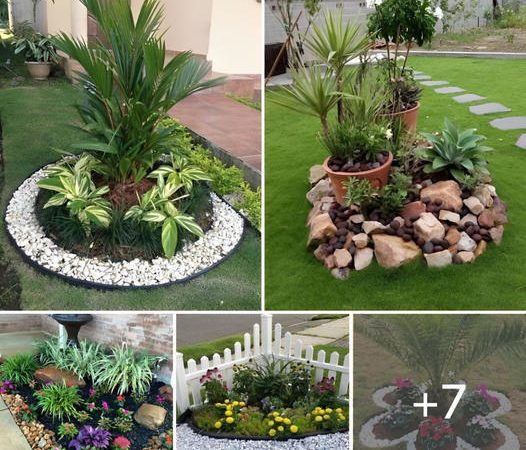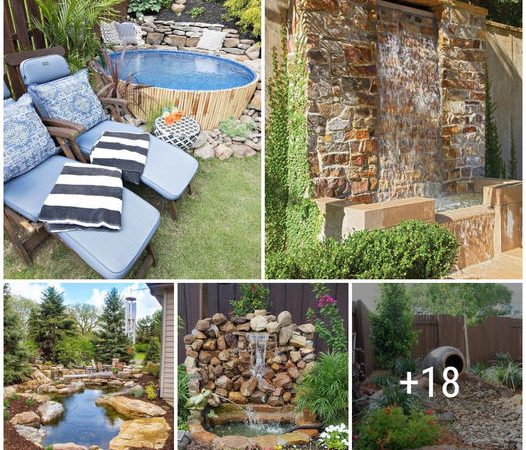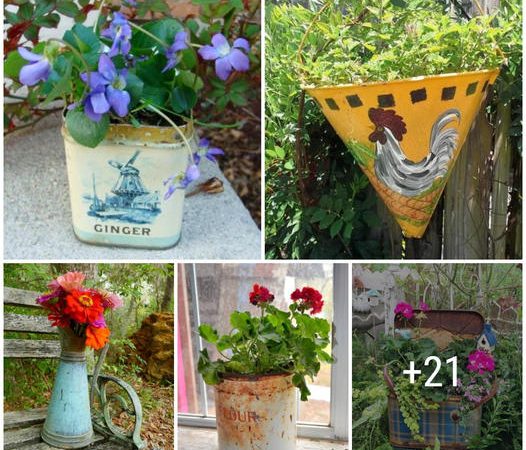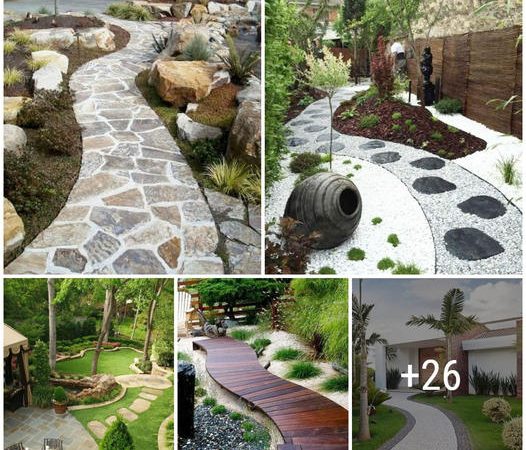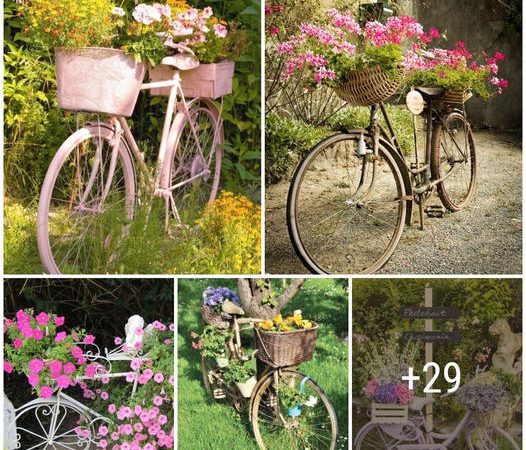One-pot wonders your garden will love
When it comes to sprucing up your outdoor space, pots are a fantastic option that adds drama and requires minimal maintenance. Award-winning garden designer and RHS judge David Dodd attests to the transformative power of pots in any outdoor area, be it a small city balcony or a vast country estate.
Pots serve multiple purposes, acting as planters to elevate even the simplest of plants or functioning as stand-alone pieces of art. They can even be converted into water features, adding an extra touch of allure to your garden.
One of the great advantages of using pots is that they eliminate the need for heavy digging, making them a perfect choice for easy gardening. If you want to revitalize your garden this spring, here are David Dodd’s golden rules for working with pots:
1. Choose pots that suit your space: Before investing in pots, consider the look you want to achieve and the size of your garden. Placing pots near your front door can create an impressive entrance, while pots on either side of a door or gateway make a bold statement. In smaller spaces, using pots of varying sizes can create depth. The flexibility of pots allows you to move them around as your garden evolves or when you simply want to refresh its appearance.
2. Grow your favorite plants: Pots offer the advantage of customizing the soil to suit specific plant preferences. If your garden soil is not suitable for a particular plant, you can fill a pot with the appropriate soil blends to create the right pH. For example, if you love acid-loving camellias but have alkaline soil, a pot filled with soil that matches their needs will allow them to flourish. Use a soil-based multipurpose compost, such as John Innes No 3, mixed with slow-release fertilizers and water-retaining granules to reduce watering requirements.
3. Prepare your pots: Ensure that your pots have adequate drainage holes at the bottom to prolong the lifespan of your plants. Place broken pieces of terracotta over the holes to prevent blockage and allow excess water to drain. Choose the right-sized pot for your plant, providing sufficient space for growth. Place potting soil in the bottom to the appropriate depth, position your plant at the correct height, and backfill with potting compost, leaving room for watering.
4. Create a focal point: A standout pot or a group of pots can serve as a focal point in your garden design. Scale is crucial, so consider the size of your space. One grand statement pot may be overwhelming in a tiny balcony, while a group of smaller pots can create an elegant focal point at a fraction of the cost. Place larger pots strategically at the end of pathways, junctions, or beneath archways to make a statement.
5. Utilize pots as water features: Convert a pot into a water butt to collect rainwater for your plants. This environmentally friendly option provides natural rainwater rather than chlorinated tap water, benefiting both the environment and your plants. Seal the base of the pot, fit a tap, and connect it to a downpipe in your garden. Ensure the tap is lockable to prevent accidents and use a well-fitting lid to keep insects out.
By following these golden rules, you can quickly and effortlessly transform your outdoor space with the help of pots. Whether you aim to enhance your garden’s aesthetics, grow specific plants, or incorporate a water feature, pots offer a versatile and convenient solution. Embrace the power of pots and watch your outdoor area come to life with vibrant beauty.
Hits: 0





